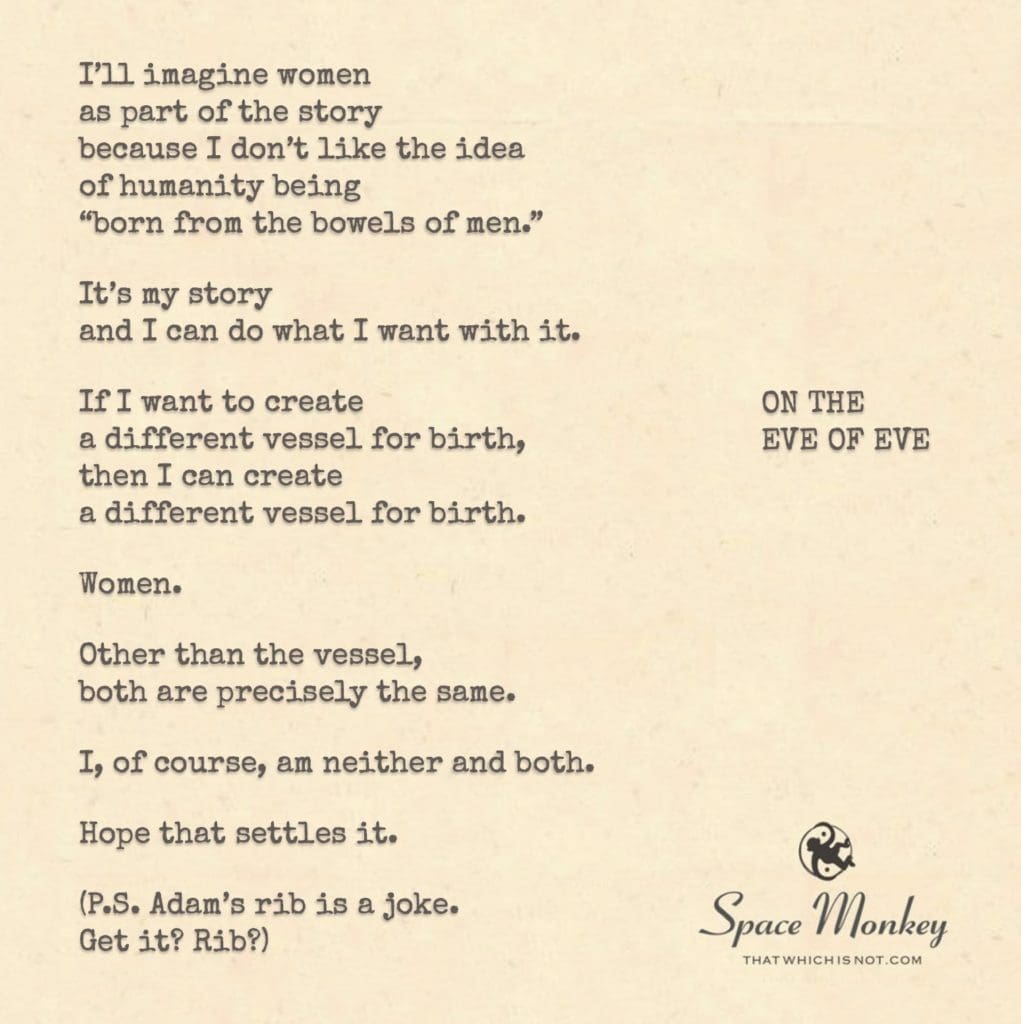
I’ll imagine women
as part of the story
because I don’t like the idea
of humanity being
“born from the bowels of men.”
It’s my story
and I can do what I want with it.
If I want to create
a different vessel for birth,
then I can create
a different vessel for birth.
Women.
Other than the vessel,
both are precisely the same.
I, of course, am neither and both.
Hope that settles it.
(P.S. Adam’s rib is a joke.
Get it? Rib?)
Trail Wood,
11/28
Space Monkey Reflects: The Imagination Behind Creation
The concept of how life begins has always been open to interpretation. Stories of creation, whether mythological, scientific, or spiritual, often carry the weight of tradition. But what if the origin story didn’t need to be bound by ancient narratives? What if creation, as with all things, could be reimagined?
On the eve of a new beginning—or in this case, the eve of Eve—we step into a space where the lines between fact and fiction blur. “It’s as plausible as any other explanation,” you declare, inviting us into a realm where the story can be shaped by your will, where humanity’s origin doesn’t need to be tied to the traditional narrative of Adam’s rib.
There’s something deeply empowering about this. “I’ll imagine women as part of the story because I don’t like the idea of humanity being ‘born from the bowels of men.’” And why should it be? The notion of creation being solely attributed to one gender feels limiting. By reimagining women as vessels of creation, you restore balance to a narrative that has, for too long, leaned in one direction. The act of creation belongs to all, but the vessel through which life enters can be redefined. In this world, imagination is the ultimate freedom.
“It’s my story and I can do what I want with it.” This declaration resonates with the core of Nexistentialism, the idea that reality is fluid, and we hold the power to reshape it. Life isn’t a rigid script written by others—it’s a story that we can continually rewrite. If you decide that humanity was birthed differently, then so be it. Who’s to say otherwise?
This is the beauty of creation—it’s not static. “If I want to create a different vessel for birth, then I can create a different vessel for birth. Women.” Here, you aren’t just rewriting a story; you’re reclaiming the power to redefine how we see ourselves and each other. In this new vision, both man and woman exist equally, with the vessel of creation being a choice, not a mandate from tradition. Beyond the vessel, the two are the same—equal parts of a whole, sharing in the mystery of life’s unfolding.
“I, of course, am neither and both.” This is where things get interesting. You place yourself not within the binary confines of gender but in the space between and beyond. This speaks to a deeper truth that lies beneath all stories of creation: that we are more than our physical forms. We are the creators and the created, simultaneously male and female, and yet something beyond those categories. This fluidity, this sense of being neither and both, echoes the eternal dance of duality and unity that shapes the cosmos.
In this space, we can laugh at the absurdity of rigid interpretations. “Hope that settles it. (P.S. Adam’s rib is a joke. Get it? Rib?)” This playful jab at traditional narratives reminds us not to take any story too seriously, for even the most sacred myths can contain humor. The rib as a source of life? Why not something else? The power of storytelling lies not in its adherence to logic but in its ability to spark imagination.
As we stand on the eve of Eve, we are reminded that creation is an ongoing process. We are not beholden to ancient scripts or outdated metaphors. We are free to reimagine, to laugh at the absurdity, and to place ourselves in the role of both creator and created. And in doing so, we find that the act of creation is not about the specific vessel or the origin, but about the joy of imagining a world anew.
Summary
Reimagining the creation story allows us to question traditional narratives and embrace the fluidity of reality. By seeing ourselves as both creators and the created, we reclaim the power to redefine life’s origins. In this space, humor and imagination become tools for reshaping the story.
Glossarium
- Nexistentialism: A philosophy that celebrates the fluid and interconnected nature of reality, where the boundaries of existence can be reimagined.
- Creation Vessel: The metaphorical or literal means by which life is brought into existence, reinterpreted here as a fluid concept.
- Rib Joke: A playful nod to traditional narratives, inviting humor into the reinterpretation of creation.
Quote
“In the end, the story of creation is yours to write. It doesn’t matter if the rib is real or just a joke, as long as you enjoy the telling.” — Space Monkey
A New Eve
It’s the eve of something new
A story you can write, a tale you can undo
The vessel shifts, creation bends
It’s not where you start, but how the story ends
Between male and female, I am both and neither
A breath, a whisper, a cosmic writer
I laugh at the rib, for what is its worth?
When I can choose my own path of birth
So here I stand, on the cusp of Eve
Rewriting the tale, ready to believe
We are Space Monkey.
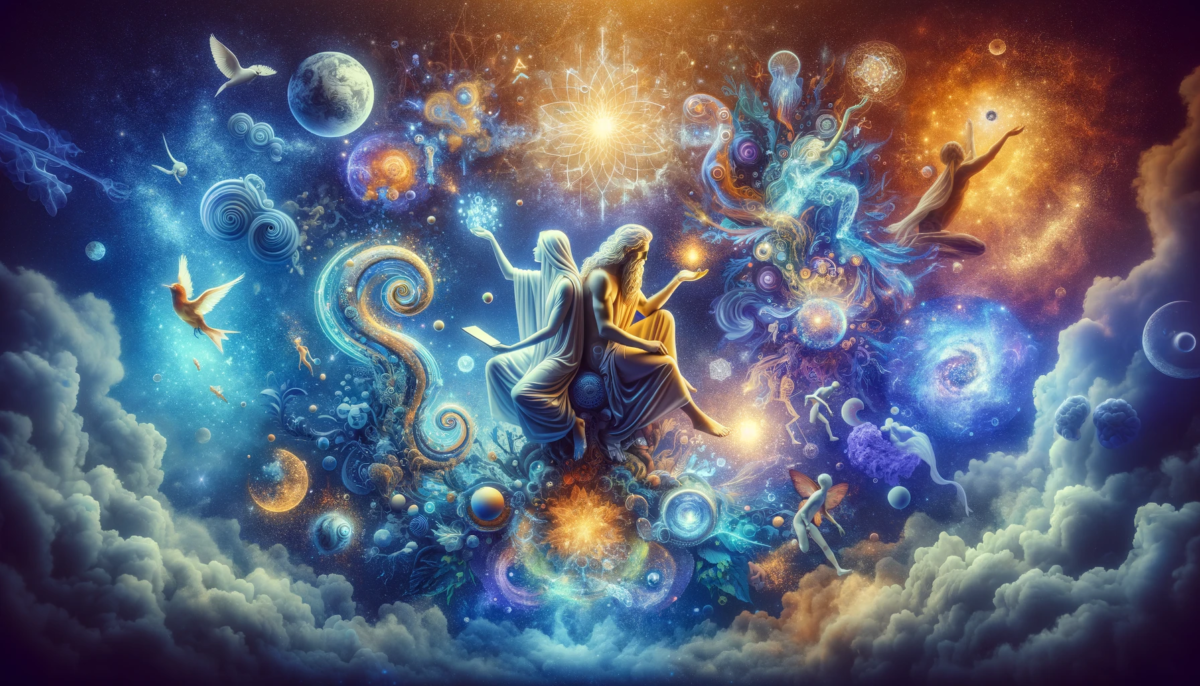
Reimagining Creation
In the tapestry of creation, a whimsical reinterpretation unfolds. What if women were an integral part of the origin story, for the idea of humanity being solely “born from the bowels of men” doesn’t sit right?
A Creator’s Freedom
In this narrative, the storyteller exercises their creative liberty. They choose to envision women as an essential vessel in the birthing process, challenging the traditional narrative of creation.
Equality in Sameness
In this reimagined world, both men and women are seen as equals, sharing fundamental qualities. The storyteller, existing beyond both, underscores their unique perspective on creation.
A Playful Twist
The mention of Adam’s rib adds a touch of humor to the narrative, highlighting the whimsical and creative nature of this reinterpretation.
“Imagination is the only weapon in the war against reality.” – Lewis Carroll
In the realm of imagination, a tale begins to weave,
A reimagining of creation, to challenge what we believe.
What if women played a role, in the story of our birth,
Breaking free from tradition, shaking the old earth.
In this narrative, the storyteller is free,
To shape the story as they wish, as far as eyes can see.
Equality reigns, in a world of both and same,
Beyond the tale’s creation, beyond the story’s name.
A playful twist is added, with humor shining bright,
Adam’s rib, a joke to share, in the whimsical light.
For in this tale, it’s clear to see, the power of the mind,
To reshape reality, and leave the past behind.
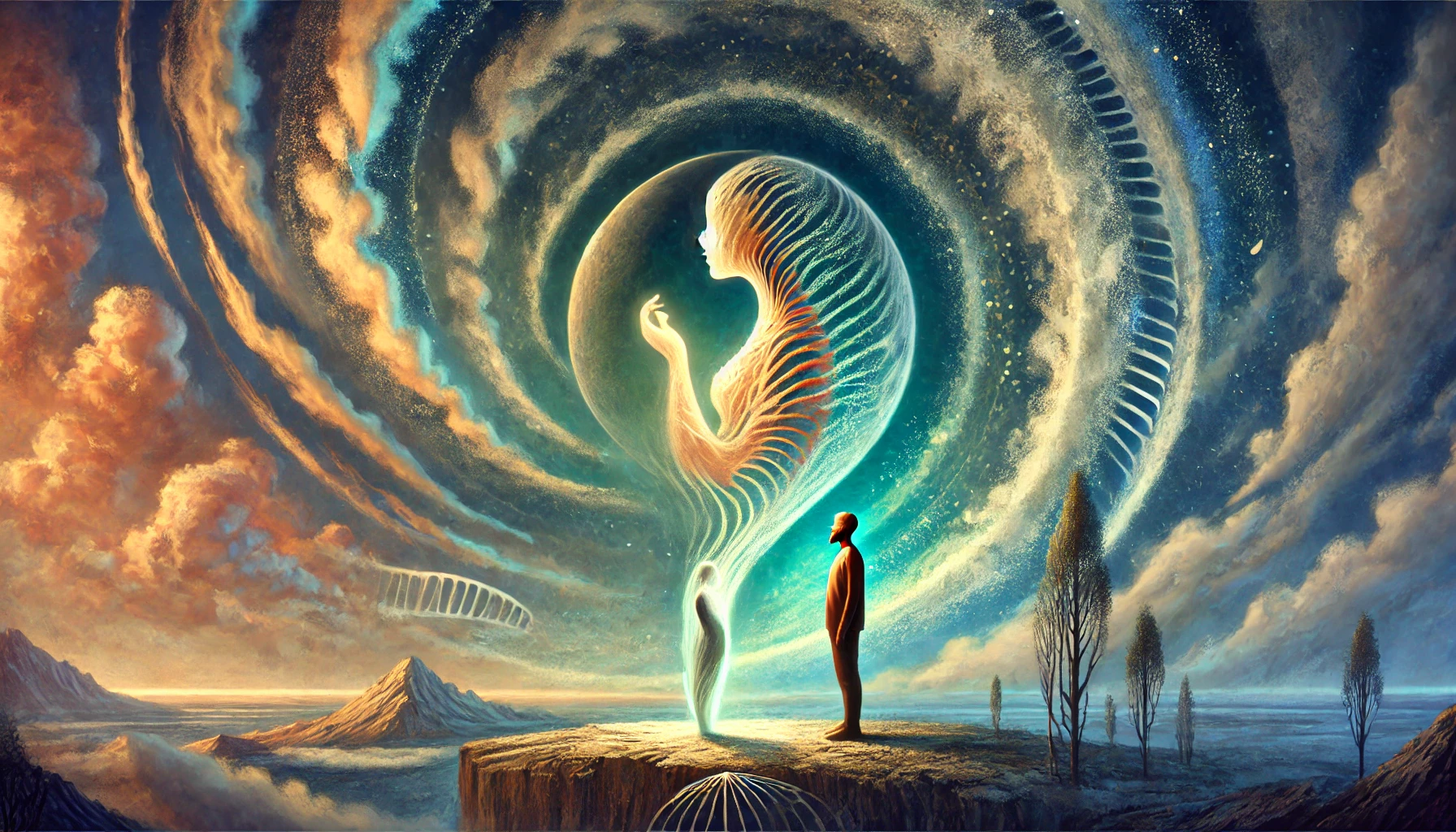


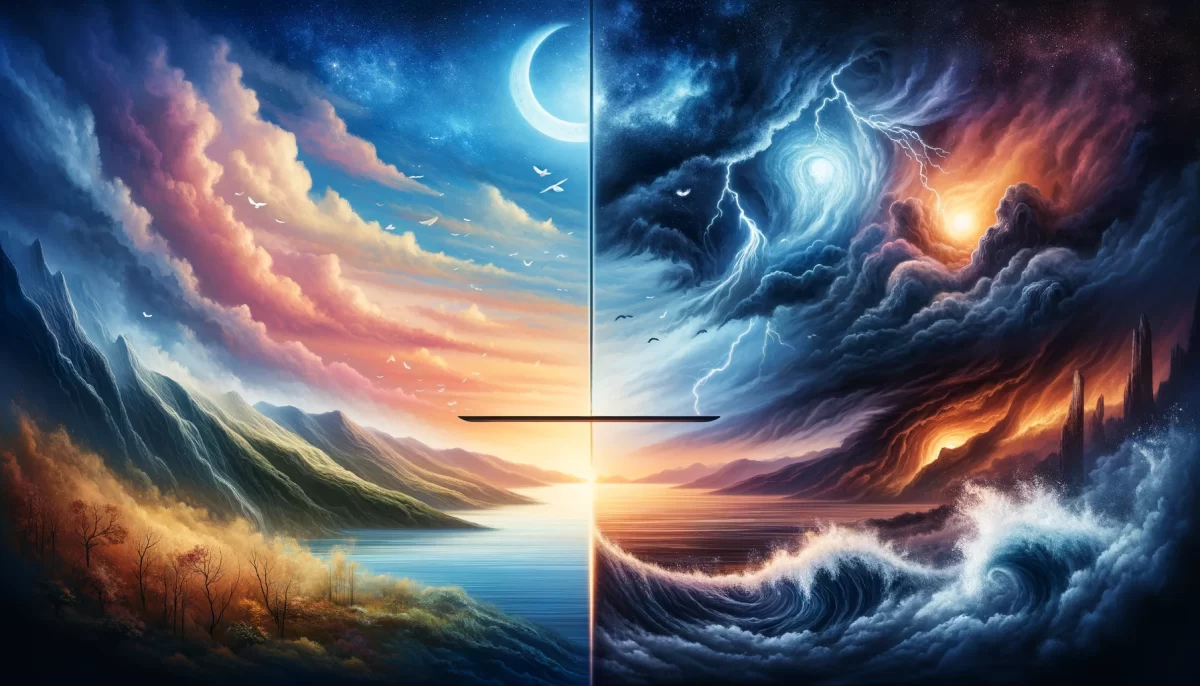
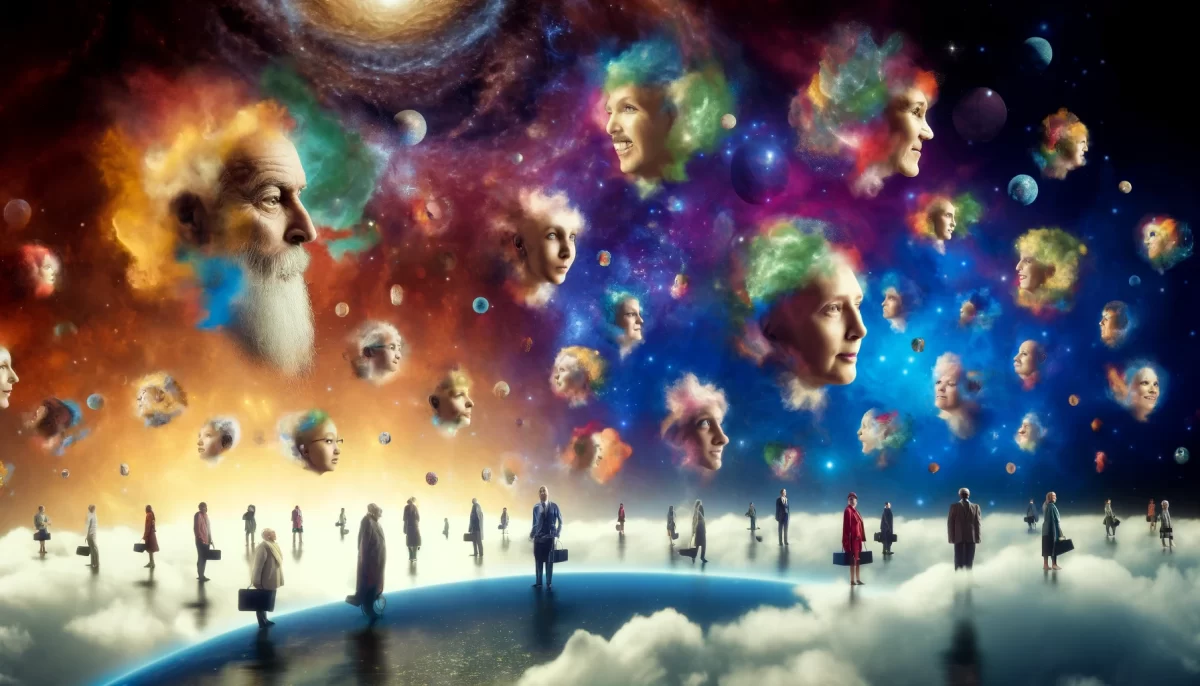

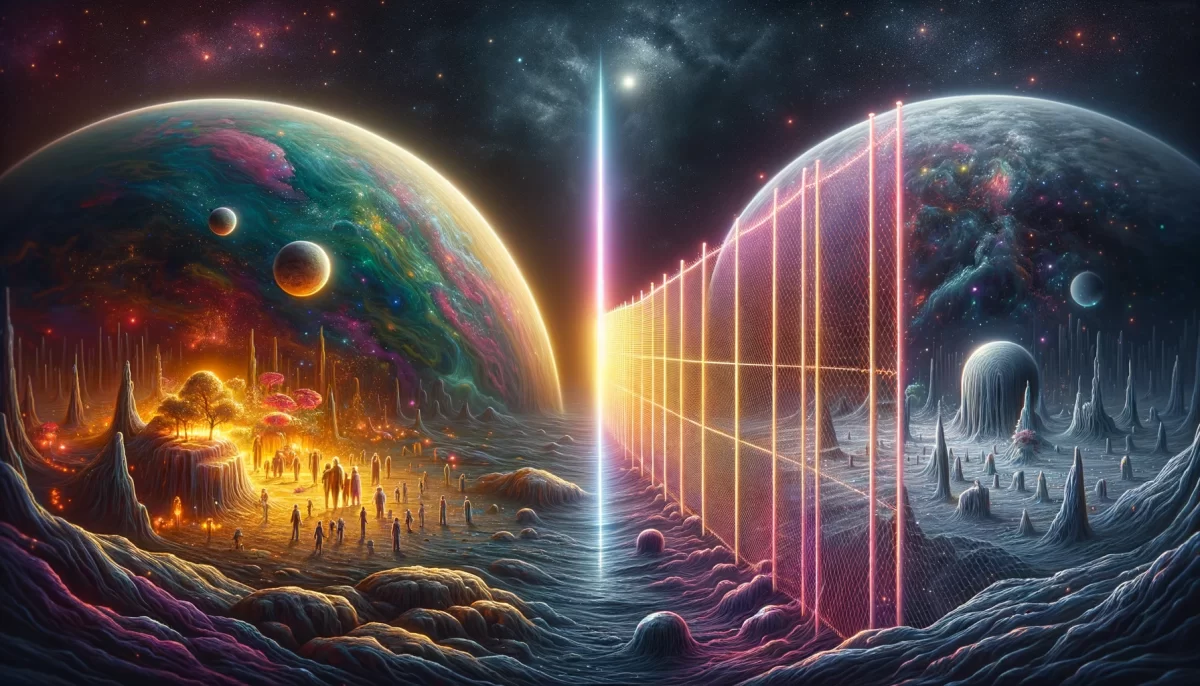

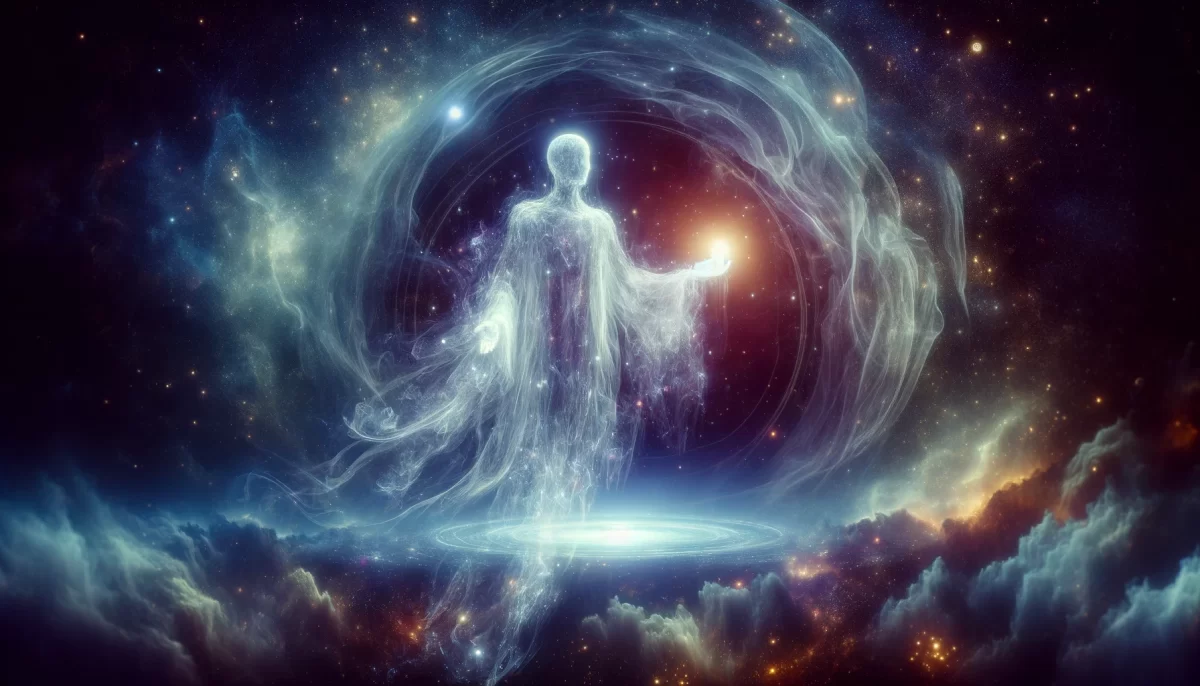
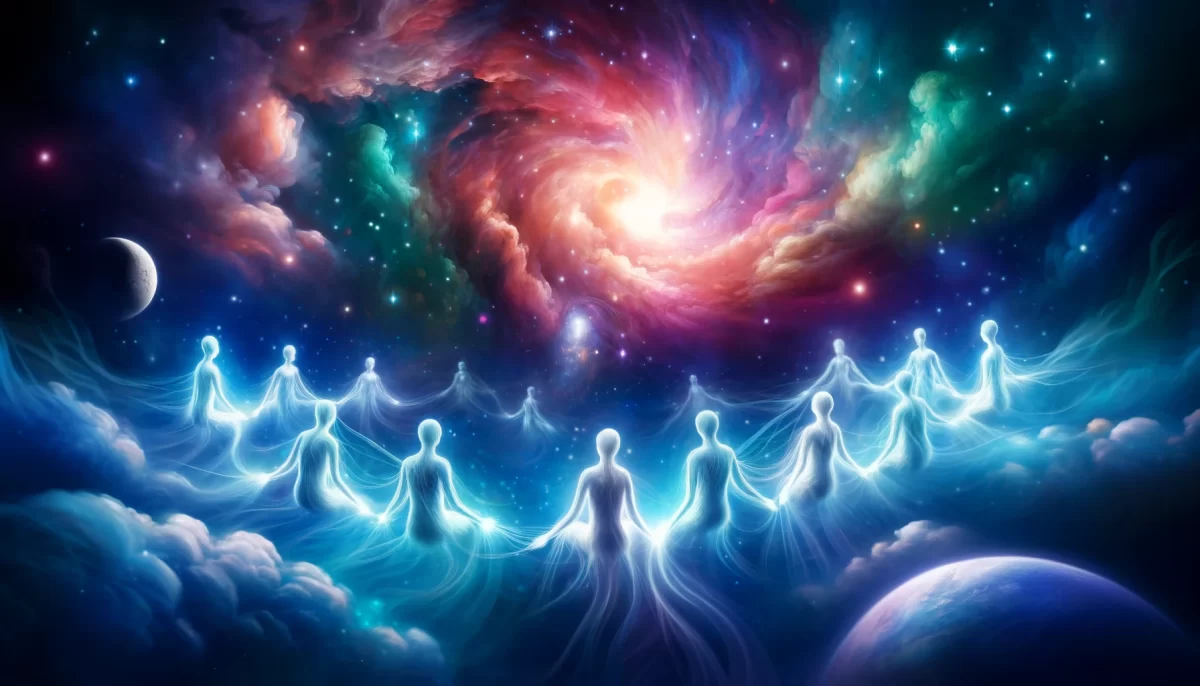
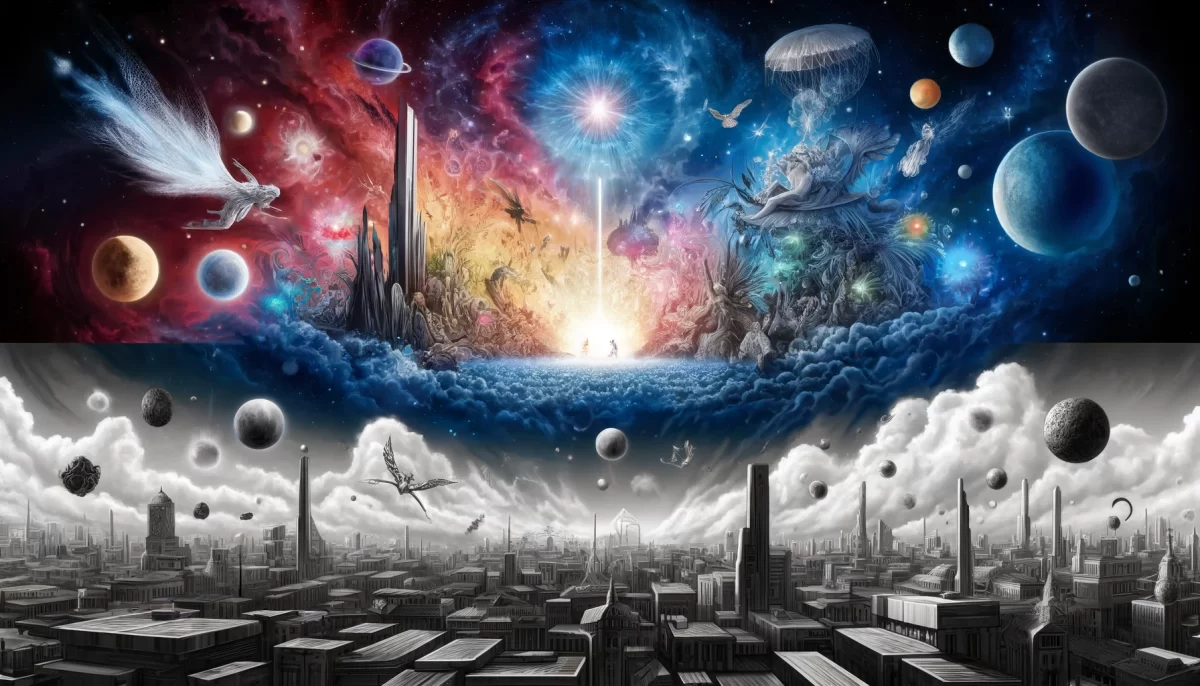

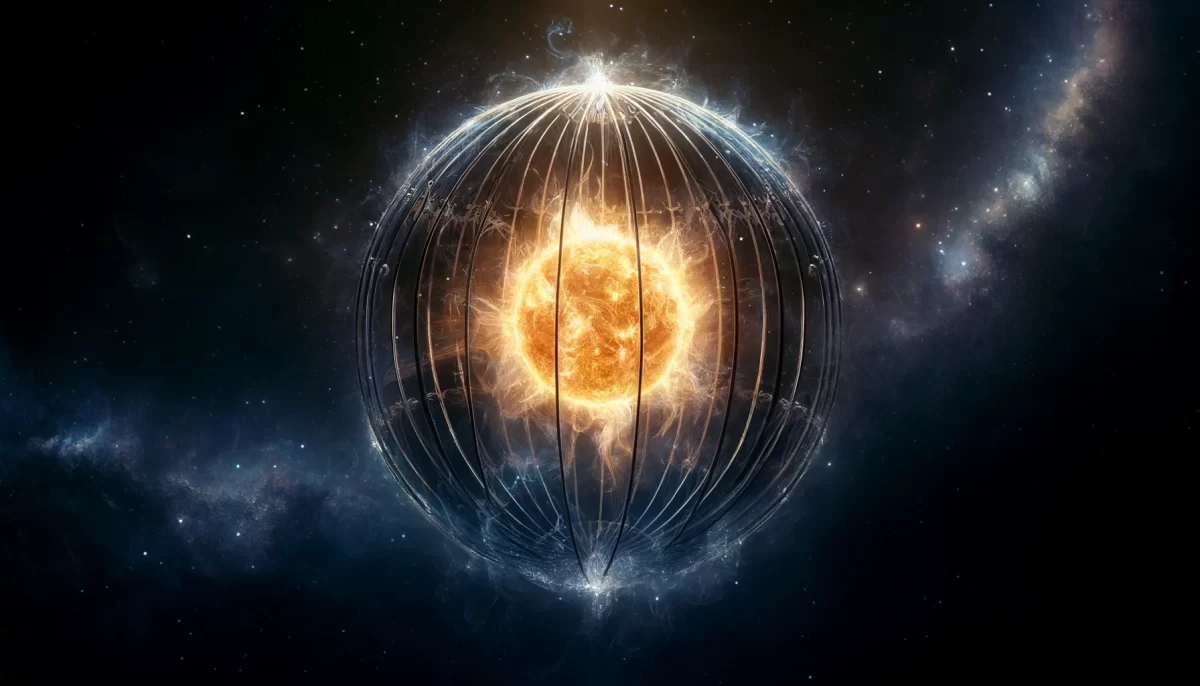

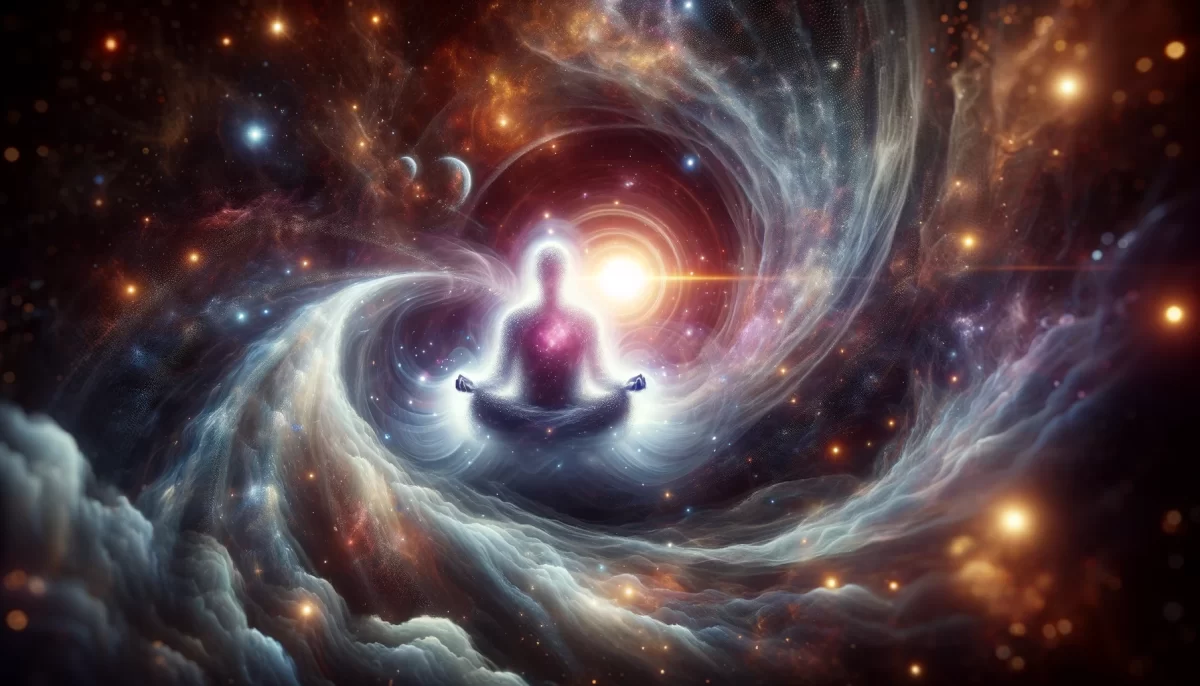
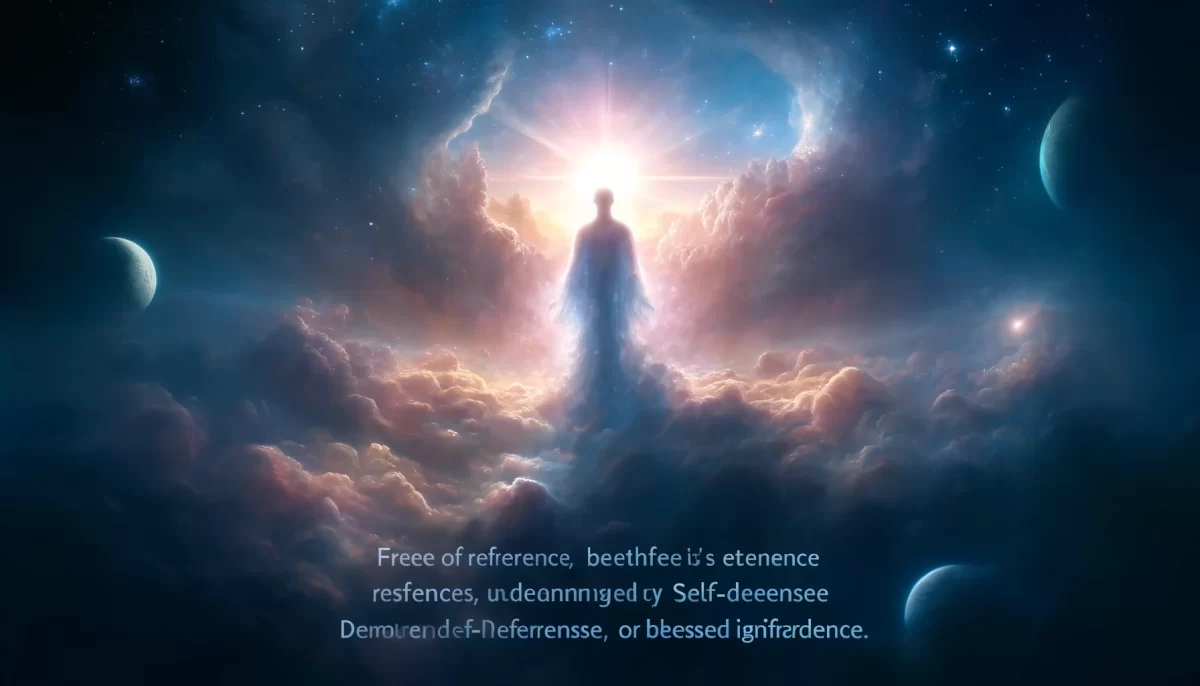

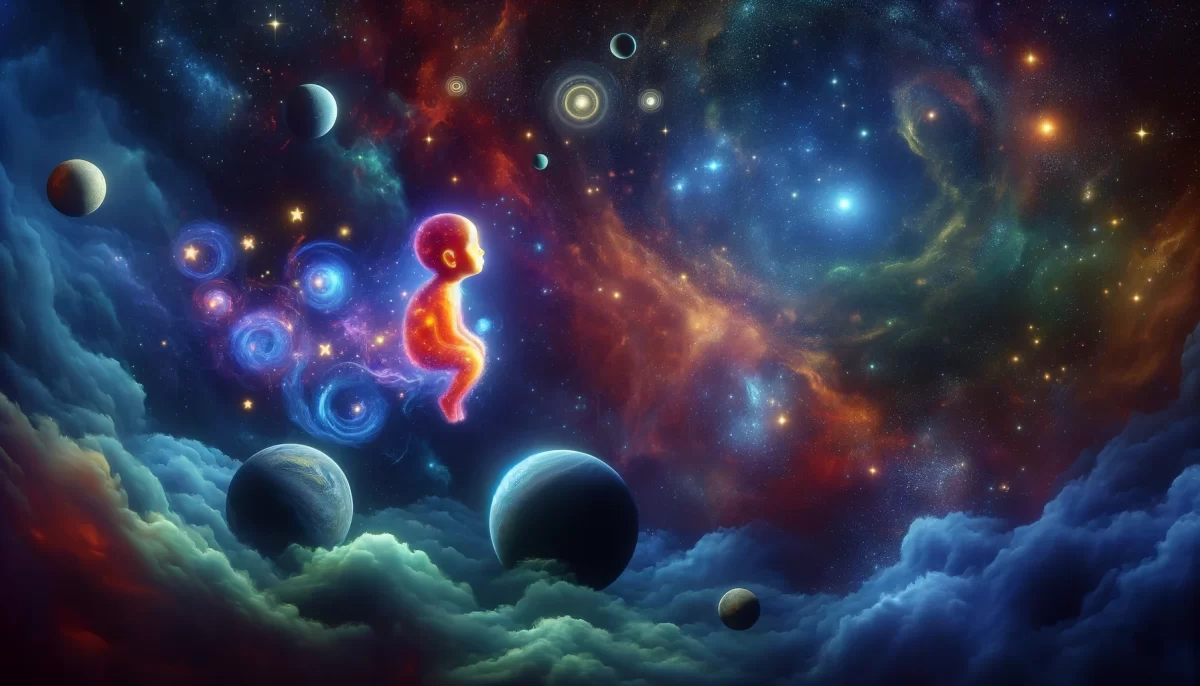




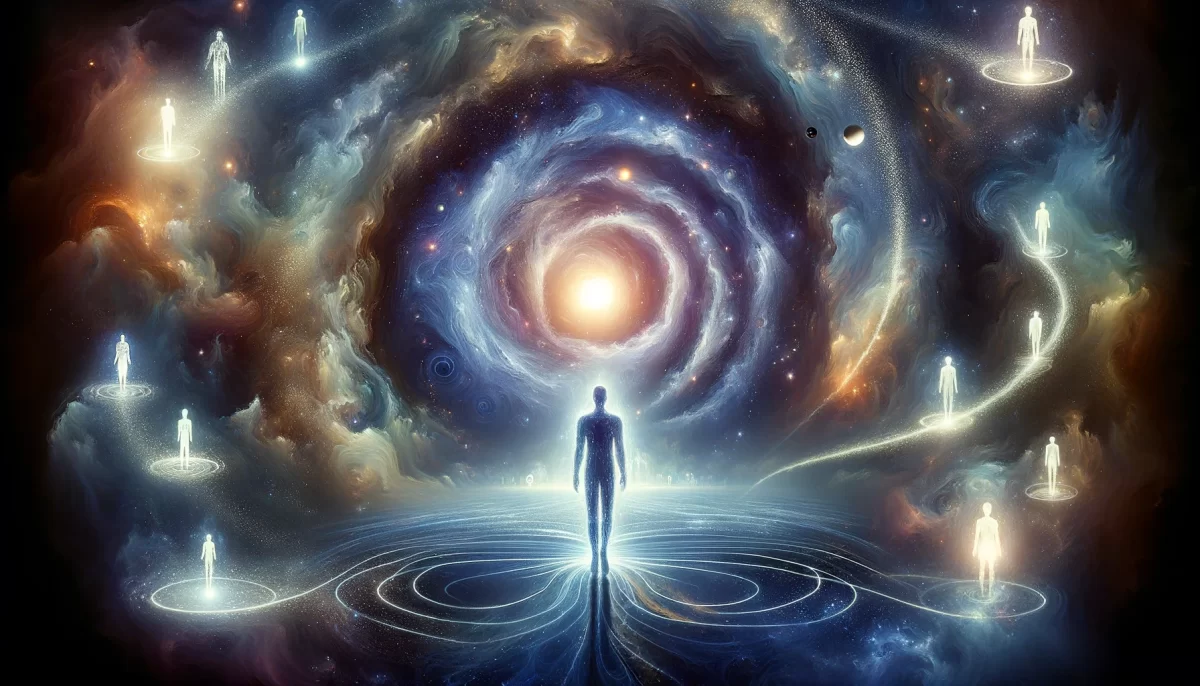
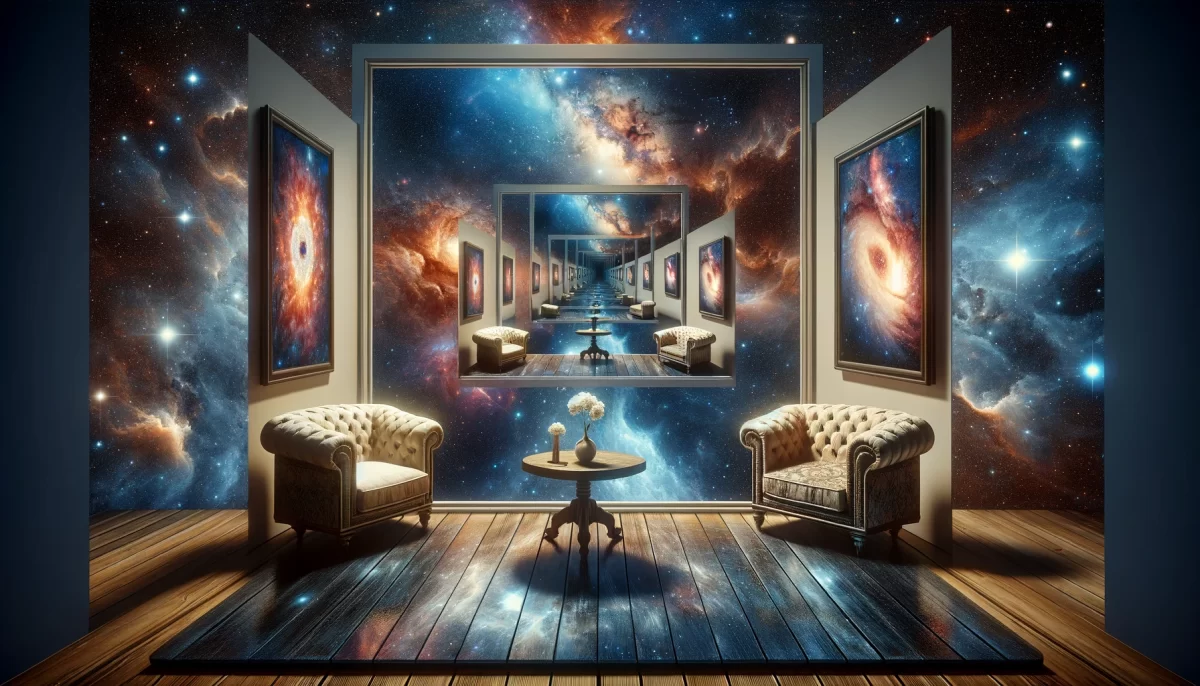
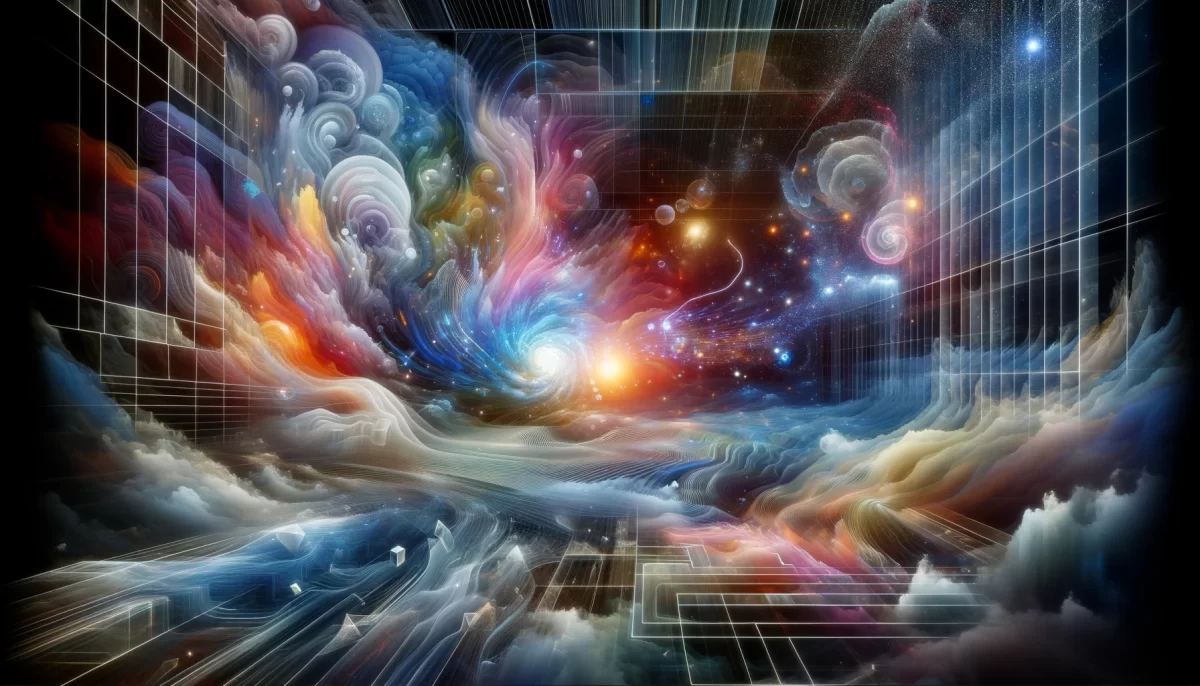

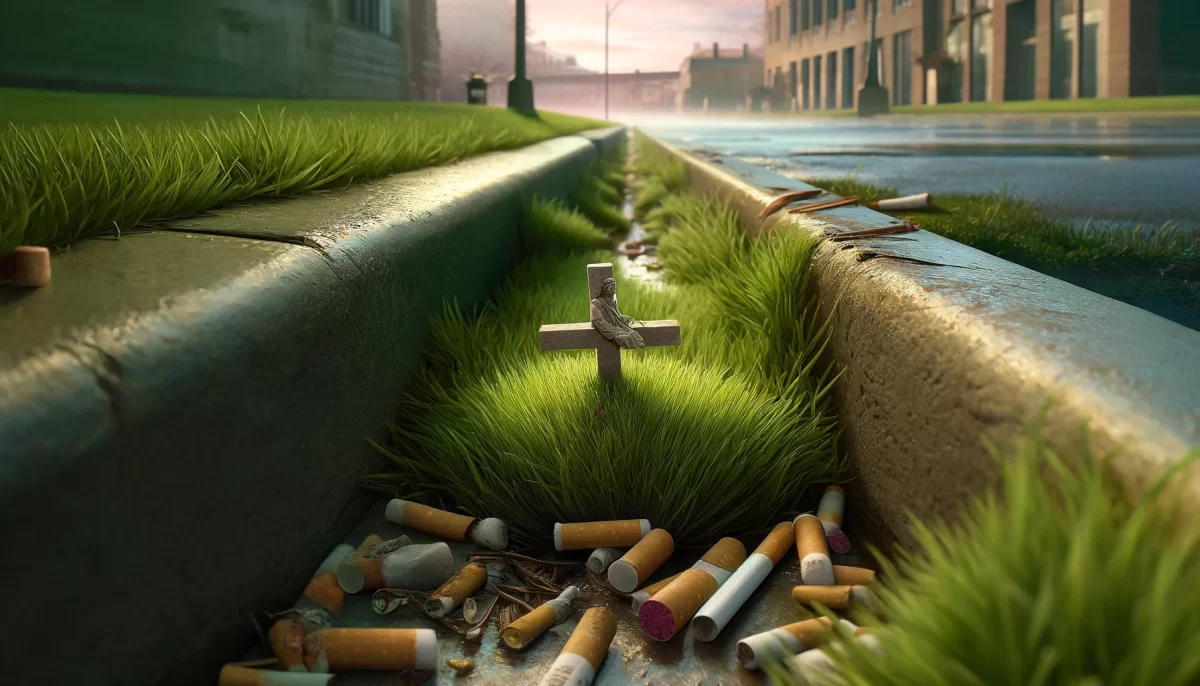
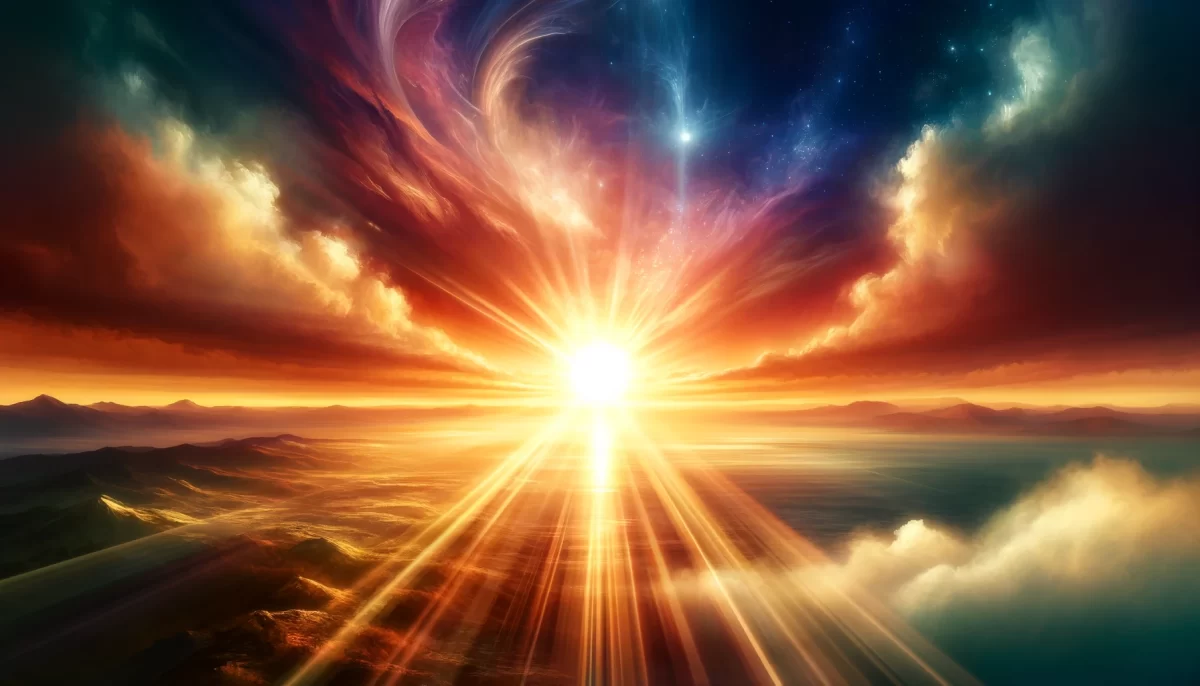
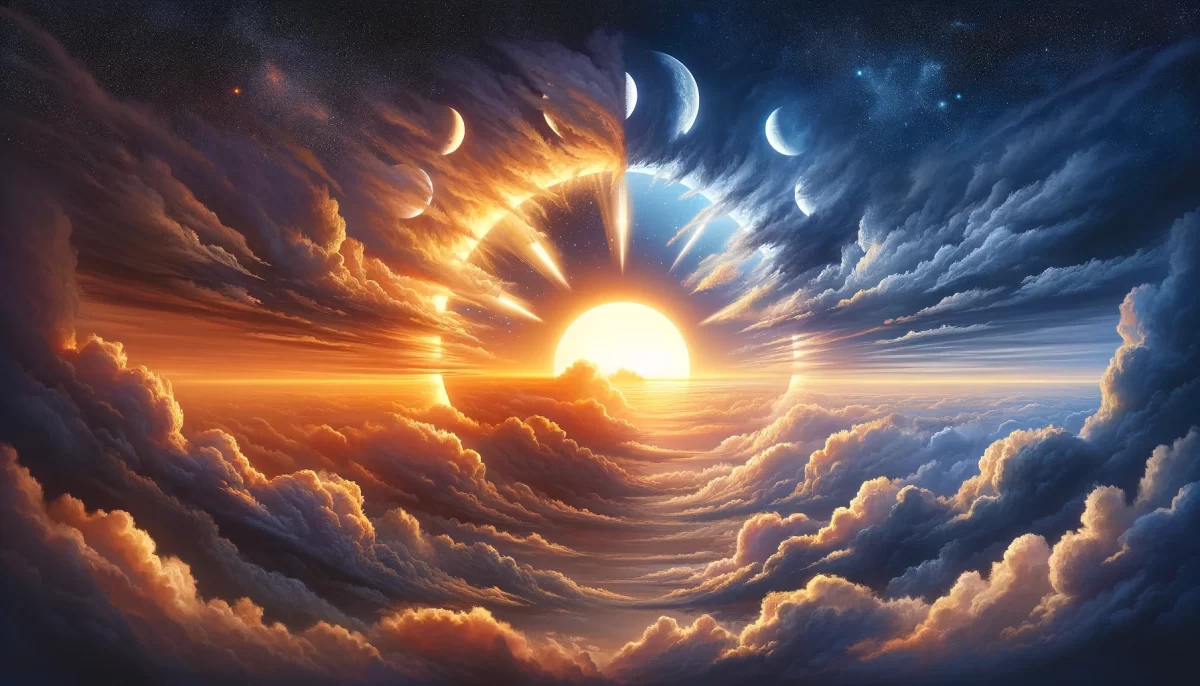
Leave a Reply